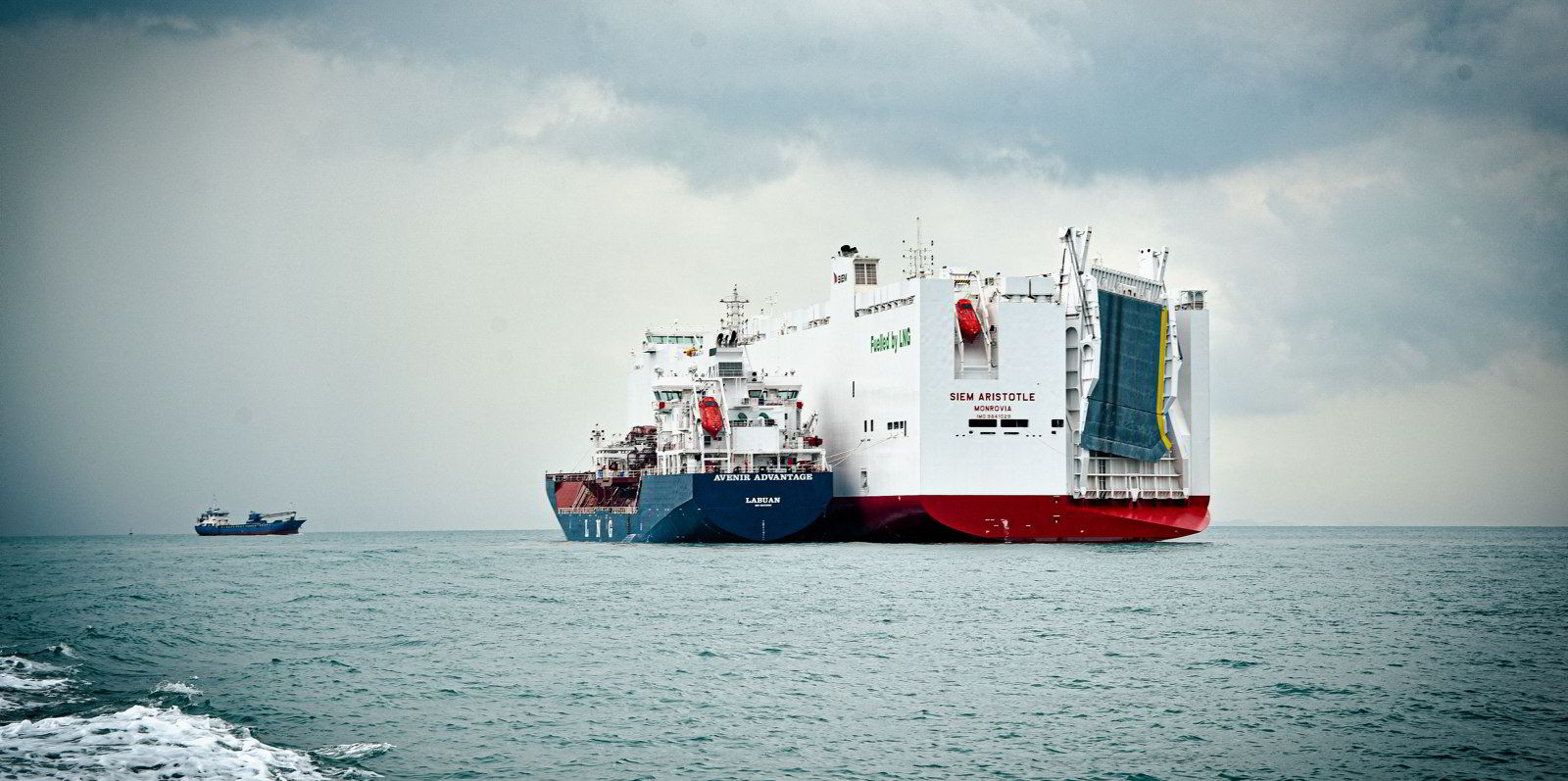Titan LNG has chartered in an LNG bunker vessel (LNGBV) in a long-term deal with NYK Line, is taking delivery of a series of smaller barges and hopes to make a final investment call on a large newbuilding this year.
Commercial director Michael Schaap said the 5,200-cbm Green Zeebrugge (built 2017) has been taken for two years and will serve the Amsterdam-Rotterdam-Antwerp (ARA) region, where independent Titan is the third-biggest supplier of LNG bunkers after Total and Shell.
The deal includes options to extend the term.
Schaap was unwilling to discuss the period rate for the vessel, which Titan has taken on spot charter previously, but said the deal was a significant step for the Amsterdam-based company.
"The owner is NYK and we have a very strict confidentiality clause," he said.
But he added that the rate was worth it, and Titan LNG remains in the market to charter in larger bunkering vessels for longer periods as opportunities arise.
"It was a step up we needed to take," he said.
Titan LNG has at times had to improvise to fuel its customers' ships, spot-chartering a conventional small LNG carrier and using a proprietary "transfer kit" to turn it into a bunkering vessel, as it has done with Anthony Veder's 10,000-cbm Coral Fraseri (built 2010).
But by the second quarter, Titan LNG hopes to reach the final investment decision stage on larger tonnage of its own, an 8,000-cbm ship to be named Titan Hyperion.
Delivery is expected by early 2023 and the design is meant to be the basis of a flexibly sized series.
Asked about the price tag on the first vessel, Schaap would say only that it is "more than expected", but the company is working on its options.
Newbuilding costs
"Let's just say we are grateful to the EU [European Union] for the €11m [$13.2m] we received from the Connecting Europe subsidy programme," he said. "But we hope to have done something quite clever to reduce the investment cost."
Titan already operates two 1,500-cbm inland bunkering barges from Dutch shipbuilder Kooiman, with two sisterships on the way. "They are called FlexFueler 001 and FlexFueler 002, so our running gag is that we could build up to 100 of those," Schaap said.
The barges are suited to fuelling regional traffic in the highly regulated ARA region, including small product tankers, small containerships and dredgers.
But Titan LNG needs larger tonnage, not only to compete to fuel larger vessels, but also for supplying its own smaller ships, which are relatively expensive to load alongside terminals.
The company is not in a position to compete with the oil majors for the biggest jobs, as when Total Marine Fuels Global Solutions made a 17,300-cbm fuel delivery in November with the 18,600-cbm Gas Agility (built 2020) chartered in from Mitsui OSK Lines.
But nor can the biggest LNGBVs compete for Titan LNG's business, Schaap pointed out.
"The Gas Agility is a beautiful vessel, but it's not very well suited to come alongside a small tanker that needs 500 cbm of fuel," he said.
In a statement announcing the Green Zeebrugge charter, Titan LNG said it expects to have the largest network of LNGBVs in Europe by 2025.






